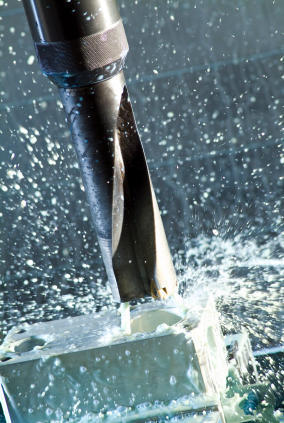The legitimate questions to ask at this point in time would be …….
Exactly what money would the low and middle-income earners be putting aside for savings?
Considering the unemployment rate and the rising number of the homeless how realistic or honest would this proposal be?
In a world where the working middle class are disappearing and the poor can barely feed themselves and their families , are retirement savings accounts truly an achievable reality?
~Desert Rose~
……..
New Geography . com
The U.S. Middle Class Is Turning Proletarian

The biggest issue facing the American economy, and our political system, is the gradual descent of the middle class into proletarian status. This process, which has been going on intermittently since the 1970s, has worsened considerably over the past five years, and threatens to turn this century into one marked by downward mobility.
The decline has less to do with the power of the “one percent” per se than with the drying up of opportunity amid what is seen on Wall Street and in the White House as a sustained recovery. Despite President Obama’s rhetorical devotion to reducing inequality, it has widened significantly under his watch. Not only did the income of the middle 60% of households drop between 2010 and 2012 while that of the top 20% rose, the income of the middle 60% declined by a greater percentage than the poorest quintile. The middle 60% of earners’ share of the national pie has fallen from 53% in 1970 to 45% in 2012.
This group, what I call the yeoman class — the small business owners, the suburban homeowners , the family farmers or skilled construction tradespeople– is increasingly endangered. Once the dominant class in America, it is clearly shrinking: In the four decades since 1971 the percentage of Americans earning between two-thirds and twice the national median income has dropped from 61% to 51% of the population, according to Pew.
Roughly one in three people born into middle class-households , those between the 30th and 70th percentiles of income, now fall out of that status as adults.
Neither party has a reasonable program to halt the decline of the middle class. Previous generations of liberals — say Walter Reuther, Hubert Humphrey, Harry Truman, Pat Brown — recognized broad-based economic growth was a necessary precursor to upward mobility and social justice. However, many in the new wave of progressives engage in fantastical economics built around such things as “urban density” and “green jobs,” while adopting policies that restrict growth in manufacturing, energy and housing. When all else fails, some, like Oregon’s John Kitzhaber, try to change the topic by advocating shifting emphasis from measures of economic growth to “happiness.”
…..
Feb. 21, 2014, 5:00 a.m. EST
Obama plan: Cut tax breaks for richest retirement savers
Plan designed to spur saving by low-, middle-income earners
By Robert Powell, MarketWatch
President Barack Obama plans to ask Congress in early March, as part of his fiscal 2015 budget, to reduce some of the tax advantages for employer-sponsored retirement plans for higher-income earners, according to published reports.
Plus, the president wants to limit the value of all tax deductions, defined contribution exclusions and IRA deductions to 28% of income — and include an overall cap on all retirement accounts, including pensions, that could bring in $1 billion a year in new tax revenue, according to a Pensions & Investments report. Read Companies bracing for 1-2 retirement punch .
According to the report, the proposals are designed to direct more of the tax preference for retirement savings toward getting more low- and middle-income people into the habit of saving.
Based on current tax brackets, Pensions & Investments reported that the 28% limit would reduce the tax advantages of retirement savings for people earning more than $183,000 or couples earning more than $225,000. And the overall cap for all tax-preferred retirement accounts would limit them to providing an annual retirement income of $205,000, which would currently cap tax-preferred accounts at $3.4 million, but could go lower as interest rates rise.
So, who might feel the effects of this proposal? Largely, the top 5% of tax payers. According to the Tax Policy Center, a partnership between the Urban Institute and Brookings Institution, there are about 6.07 million Americans who earned above $200,000 in 2011 and they make up the top 4.2% of taxpayers, according to published reports. Read more about the president’s tax proposal here: Who makes more than $250k, and are they rich?
And what do experts have to say about what the president might propose? In the main, they say the rich need not worry that their tax breaks for saving for retirement will be cut.
“We’ve heard these kinds of proposals being discussed in policy circles for a couple of years now,” said Skip Schweiss, president of TD Ameritrade Trust Co. and managing director of TD Ameritrade Institutional. “It would not surprise me to see these ideas become more formalized through President Obama’s 2015 budget proposal.”
But even though experts expect the president to propose reductions to some of the tax advantages for employer-sponsored retirement plans for higher-income earners, few expect any congressional action. “Given the congressional divide, it’s hard to see something like this becoming law, but of course one never knows,” said Schweiss.





















